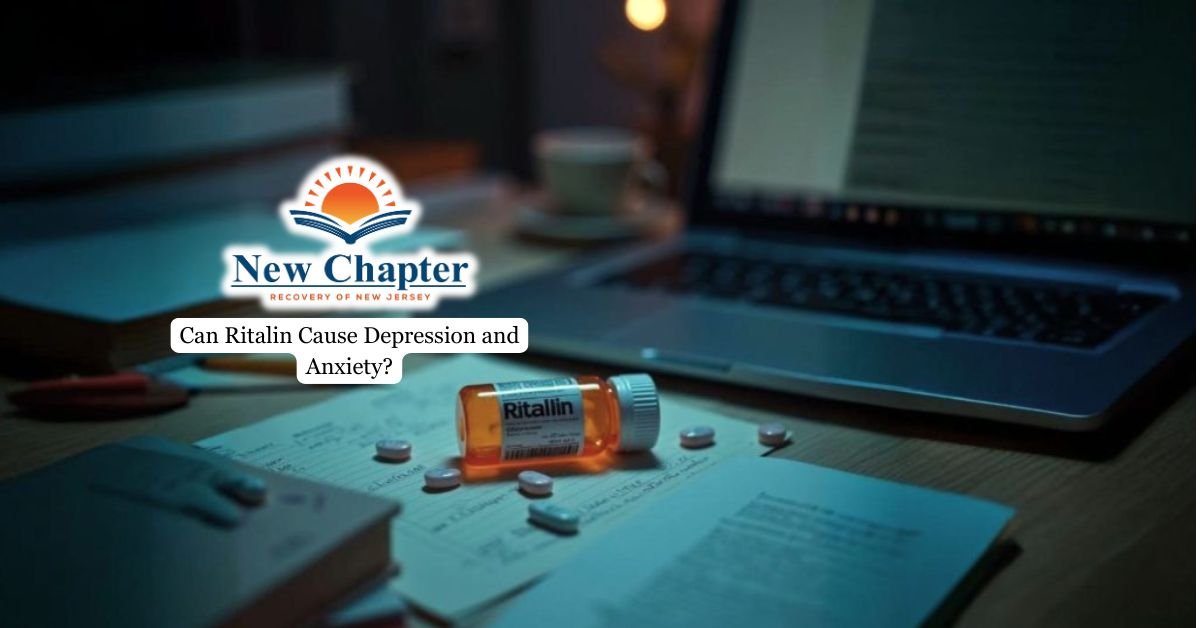Understanding the duration of lorazepam’s effects is important for safe and effective use, helping patients and healthcare providers manage dosing schedules, avoid adverse effects, and reduce the risk of dependence or withdrawal symptoms.
In this article, we will explore the typical onset, peak, and duration of lorazepam’s effects, how the drug is metabolized and eliminated, and the key factors that influence how long it stays in the body.

What is Lorazepam?
Lorazepam is a benzodiazepine medication frequently used to treat anxiety disorders, insomnia, and administered for seizure control. It is available in oral tablet form, with brand names such as Ativan and Lorazepam, commonly in doses such as 0.5 mg, 1 mg, and 2 mg. The drug can also be administered as a liquid or injection in hospital settings, especially for acute seizure management. Lorazepam’s calming effects help reduce symptoms of anxiety and promote relaxation, making it a valuable treatment option when used appropriately under medical supervision.
Lorazepam and other benzodiazepines carry a high risk of addiction and dependence, especially with long-term or high-dose use. As a Schedule IV controlled substance, lorazepam is regulated due to its potential for misuse and physical dependence. Stopping abruptly can lead to withdrawal symptoms like anxiety, insomnia, or even seizures. To stay safe, users should follow medical guidance closely, and anyone facing dependence, as well as those addicted to lorazepam, should consider professional Ativan addiction treatment for proper withdrawal management and recovery support.
Onset and Peak Effects of Lorazepam
When taken orally, lorazepam typically begins to take effect within 20 to 30 minutes. The onset of effects is somewhat faster when administered intramuscularly (IM) or intravenously (IV), with IV administration producing effects in as little as 1 to 3 minutes. After oral ingestion, peak effects usually occur within 2 hours.
These peak effects represent the time when the sedative and anxiolytic properties of lorazepam are most pronounced, providing relief from anxiety symptoms or inducing sedation.
Typical Duration of Lorazepam’s Effects
The pharmacological effects of lorazepam typically last between 6 to 8 hours after a standard oral dose. However, the duration of effects can vary depending on several factors, including the dose of lorazepam taken, the individual’s metabolism, age, liver and kidney function, and concurrent use of other central nervous system depressants like alcohol. For some people, especially those taking higher doses or with slower metabolism, effects may last up to 12 to 24 hours.
It is important to distinguish between the subjective effects of lorazepam, such as sedation and anxiety relief, and the presence of the drug in the body. While the calming effects may wear off within hours, lorazepam and its metabolites can remain detectable in the system for several days.
How is Lorazepam Processed in the Body?
Lorazepam is quickly absorbed after oral use and is primarily metabolized in the liver through conjugation into an inactive form called lorazepam-glucuronide. Because this process doesn’t involve liver oxidation, lorazepam is less impacted by liver impairment than many other benzodiazepines.
Its elimination half-life averages around 12 hours, meaning its effects typically last for several hours, and the drug may stay in the body for days. The inactive metabolite is excreted through the urine.

Factors Affecting How Long Lorazepam Lasts
Several factors influence the duration of lorazepam’s effects and the time it takes for the drug to be eliminated from the body:
- Dose of Lorazepam: Higher doses generally produce longer-lasting effects and take more time to clear from the body.
- Frequency and Duration of Use: Chronic use can lead to drug accumulation and prolonged elimination times.
- Age: Lorazepam is metabolized more slowly in older people, extending the duration of effects and increasing sensitivity.
- Liver and Kidney Function: Impaired liver metabolism or reduced kidney clearance can prolong lorazepam’s presence and effects.
- Body Composition: Because lorazepam is somewhat lipophilic, individuals with higher body fat may retain the drug longer.
- Concurrent Use of Other Substances: Using lorazepam with alcohol or other central nervous system depressants can intensify and prolong sedative effects and increase the risk of certain side effects.
Clinical Considerations and Safety
Lorazepam is commonly prescribed for short-term use, generally not exceeding four weeks, due to the risk of physical dependence and addiction. Prolonged or high-dose use increases the risk of lorazepam addiction and benzodiazepine withdrawal symptoms, which can be severe and include anxiety, insomnia, seizures, and other complications.
Patients are advised not to drink alcohol while taking lorazepam, as the combination can cause excessive sedation, respiratory depression, and difficulty waking. Common side effects include drowsiness, dizziness, and impaired coordination, which may affect activities like driving or operating machinery.
If stopping lorazepam after long-term use, it is essential to reduce the dose gradually under medical supervision to minimize withdrawal symptoms and rebound anxiety.
Final Thoughts from New Chapter Faith Recovery
Understanding the duration of lorazepam’s effects helps patients and healthcare providers optimize dosing schedules and reduce risks associated with its use.
At New Chapter Faith Recovery, we recognize that lorazepam dependence can develop quickly and be difficult to overcome without proper support. Our Ativan rehab program in NJ offers a comprehensive, evidence-informed approach that combines medical oversight with faith-based guidance. By addressing the physical, psychological, and spiritual aspects of recovery, we help individuals understand the nature of lorazepam addiction and equip them with the tools needed for long-term wellness.






